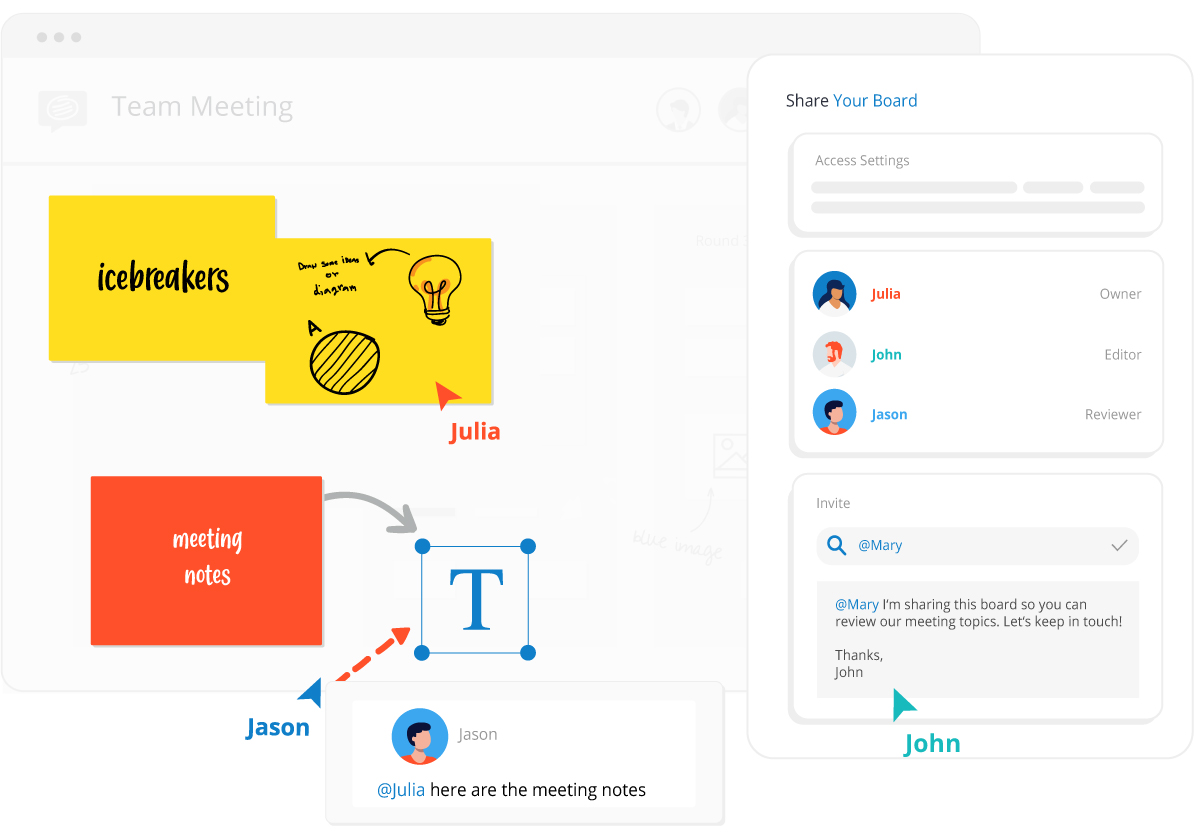Asynchronous collaboration: Why it’s important to collect feedback in context
If you are still operating in the world of email attachments with confusing naming conventions such as: product_design_2020_KB_final_final or constantly updating files in a shared Dropbox folder, it’s time to step into the future with a tool that will revolutionize your asynchronous collaboration.

We have seen a dramatic shift in the entire product design and development workflow in recent times. Be it software design, web design, graphic design, UX or product design. Projects have become more cross-functional and involve an ever increasing number of stakeholders. Design is now about a constant flow of conversations, feedback & handoffs between designers, PMs, and engineers. Given also the rise of distributed teams, it’s important that teams today adopt both synchronous and asynchronous collaboration channels.
While most distributed teams are proficient with synchronous collaboration (phone calls, video calls or co-creating in real-time on an online whiteboard), it is usually asynchronous collaboration that can prove to be a challenge.
If you are still operating in the world of email attachments with confusing naming conventions such as: product_design_2020_KB_final_final or constantly updating files in a shared Dropbox folder, it’s time to step into the future with a tool that will revolutionize your asynchronous collaboration.
Conceptboard’s online collaborative whiteboard allows you to create designs directly on the board (or upload a design file from another software) then share a URL to the board with all relevant stakeholders. Everyone can share feedback in real-time by way of comments, sticky notes or sketches, without needing to wait for someone else to finish, save, re-attach and resend a document. Best of all, designers can make changes, respond to comments and upload new designs all in the one space.
Not only does Conceptboard sync across devices and store your boards on the cloud, all the edits happen on the cloud as well. This form of asynchronous collaboration has allowed design to become a truly collaborative effort, while streamlining the feedback process.
Asynchronous collaboration: design feedback in context
Firstly, let’s explain the difference between synchronous and asynchronous feedback.
When we talk about synchronous design feedback, it essentially means instant feedback. So if you’re in the office, and a colleague approaches you with a design draft in their hand asking for your thoughts, that would be regarded as synchronous feedback. Similarly if your designer calls to ask if you’ve seen their new design in your inbox and you talk through it, that instant feedback is synchronous.
On the other end is asynchronous feedback, when you have time to collect your thoughts, and respond down the track. If you receive an email asking for feedback and you can take your time to think it over and respond whenever suits you, that would be asynchronous. Similarly, using an online collaborative workspace such as Conceptboard to share designs allows you to collect asynchronous feedback in the context of the design.

Why is it important?
As kids we were taught to always think before you speak. The same goes when giving feedback of any kind. Those receiving feedback often take it very personally, so it’s important to be considerate about how you frame it. The THINK acronym can help.
T: Is is True?
H: Is it Helpful?
I: Is it Inspiring?
N: Is it Necessary?
K: Is it Kind?
The simple act of asynchronous collaboration gives everyone more time to provide better feedback. Reviewers can put more consideration into their thoughts and response, improving the whole experience for everyone.
It also allows reviewers to have more than one look at the design, and dig deeper beyond the initial first impressions. Reviewers can see what other people have said, elaborate on ideas and clearly respond in context.
Three tips for getting and receiving feedback in context

1. Make it easy for reviewers to give contextual feedback. Instead of sending out an email with a basic ‘let me know your thoughts’, place the design on a collaborative board so that feedback doesn’t get lost in translation. Ask your reviewers to share their ideas by adding sticky notes or comments so that you can respond to them easily. You can even point out changes or specific areas you’d like feedback such as: ‘What is confusing about this design?
2. Set a time limit. One of the risks with collecting asynchronous design feedback is that it slows down the process. One simple way to combat this is by setting a time limit on the next round of feedback.
You could say ‘Please add all comments and feedback on the board by 5pm EST so I can get started on the next design round’. This will give all reviewers enough time to collect their thoughts, while ensuring the project keeps moving forward.
3. Be deliberate about who you ask to provide feedback. Too many cooks in the kitchen will only muddle the message, so consciously consider who’s feedback is worthwhile. Perhaps you only want to invite one person from each department who has a stake in the project, such as marketing and sales. While not all feedback needs to be acted upon, there may be some useful insights from those slightly removed from the process.
For further information on how to utilise asynchronous communication, I’d recommend to check out the following article: Synchronous vs. Asynchronous Communication: A Guide for Remote Teams.
Discover visual collaboration
Collaborate seamlessly across teams and timezones with Conceptboard’s collaborative online whiteboard
Read more on our blog about remote work, business strategy tools and digital collaboration.

